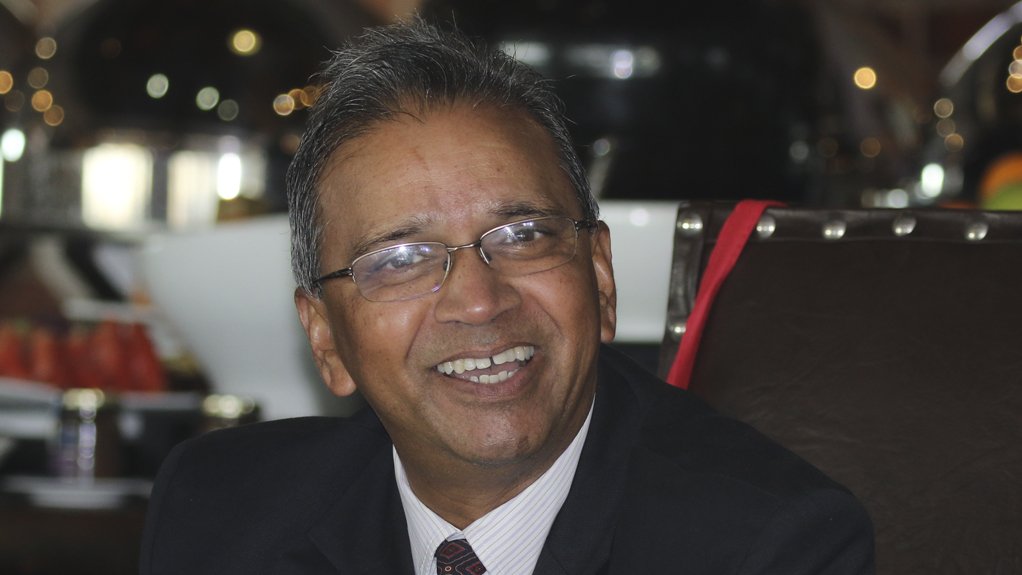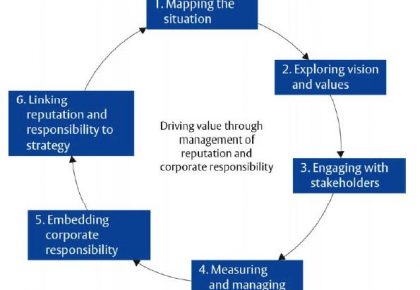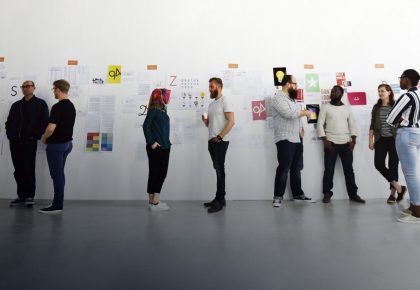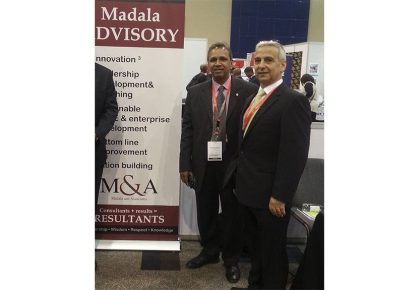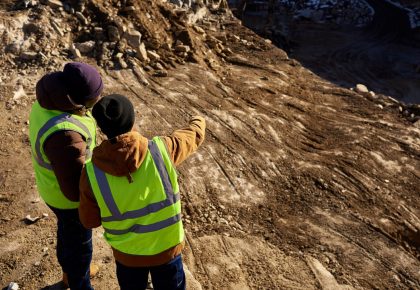HOW to make the South African Manufacturing Sector Great Again
Written by Dilley Naidoo, Co-Founder and CEO of Madala & Associates, which was established in 2010, a majority Level 1 BB – BEE Company.
After spending decades across 5 continents observing, China, Mexico and Australasia, where I have led and developed successful teams and businesses, across various cultures and language groupings, I have observed that most people across the globe are influenced, and in some cases conditioned by their immediate environments. Given the power our environments can exert over us, it stands to reason that we should include the political climate and general sentiment of the times in this influential environment.
As I look back at the past 26 years and the influential leaders of their respective terms of service, I see the main themes of each as follows: Madiba’s focus was on reconciliation, education and fostering mutual respect. Thabo Mbeki’s focal points were the African Renaissance in terms of economic growth and the creation of a black middle class.
Kgalema Mothlanthe was a caretaker who had to reverse policies on HIV / AIDS and engage with Zimbabwe. Then came Jacob Zuma… Though he led with Radical Economic Transformation, the way he went about instituting it was hardly ethical, and included Cadre deployment, State Capture with the help of family, friends and fools which led to economic decline, demise of SOCs, decline of education, public health care and International investor confidence. In his defence, he was quite a charismatic singer and dancer!
Enter our current President Cyril Ramaphosa, the Hope Inspirer…At the beginning of his reign, he gave us the vision of the New Dawn of South Africa. As a skillful negotiator and Youth Employment Service; BRICS Summit; FT Africa Summit in London and the Investment Summit. He set up the Commission of Inquiries, re-established the SARS and NPA and embarked on wide-spread and much-protested
“Clean-up” of the SOC’s. A mammoth task given the issues inherited from the Zuma legacy, without even mentioning the challenges the Covid-19 Pandemic brought with it… and yet…
We have let ourselves down as a country, and it’s not just the looting… it’s also as a result of poor leadership in both private and public sectors; poor administration; incompetent personnel, bureaucratic processes… endless, pointless red tape; personal vested interests and a complete lack of consequence.
It appears our state is abysmal, and inspires little confidence in the future of South Africa… However, if we look at the flipside, there are numbers that point to the potential growth of our economy too! The problem has always been too much talk and not enough ACTION! Let me show how this should be put into practice (in my humble opinion).
If we use the Growth Capital Funding that has been set aside by the private sector to the tune of R500 Bn (24 Sectors, 18 Industries = 32 Projects); and R500 Bm from SOC’s to expedite (along with an Inclusive Economic Growth Model) to seed Sector Opportunities including Infrastructure Development; Manufacturing Sector (Automotive and Rail in particular); Mining and Agriculture (Agri Farming and Agri Processing); enforce Localisation Programmes and drastically improve Skills Development Programmes – at shop floor level as well as at Board Level, there is simply no way that if administered correctly, by worthy, deserving and ethical people that this cannot result in sustainable job creation!
Let’s look at the Automotive Localisation and Transformation Plan for example. If we can sway the Tier 2 composition of the value chain from its current value of 67% and support new smaller Tier 3 suppliers to comprise the majority of the value chain (currently 28%), that shift alone will result in a far broader competition base. If SOC’s open up their bidding processes, quality, availability and cost will allow a more – provided that quality is built into the manufacturing process.
Let’s take a conservative look at a proposed ten-year growth plan:
Through the Transformation and Localisation Plan, we could generate 35 Newly Transformed Businesses through BBBEE Shareholders and Ownership. Done correctly, this would result in at least 50 new component suppliers to OEMs for Local Manufacturing, and 45 component suppliers for export. This alone would result in a downstream job impact of 6 050 new jobs, and 2 500 newly trained artisans.
“Pipe-dream”, I hear you say? Not necessarily. If we take into account the following critical success factors, the numbers that follow will boggle your mind. These factors include timely milestone monitoring (with consequences) by the DTI and NAAMSA; commitment from OEM’s to implementation of the programme; integration between NAACAM, AIDC, NAAMSA, DTI and the Private Sector; Transformation and localization of Tier 1, 2 and 3 manufacturers as well as the necessary artisanal skills development platforms, with international accreditation for export requirements.
About those numbers I referred to, very conservatively, if we take the top SOC Driven Opportunities which are as follows:
SA SOC 10 Year Spend Estimate
Trillion
Treasury’s Localisation Goal (Ave 60%) R600 Million
Current Localisation Less than 20%
R200 Million
Growth potential to be filled greater than 40% R400 Million
Remember, this completely excludes private sector opportunities… that equates to 3 permanent jobs per Million Rand per year, which is 1,200 000 direct jobs created downstream multiplier effect. Am I beginning to make sense yet?
Naturally, some broad implementation guidelines would be necessary by creating an ecosystem for South African innovation. Processes for SA Manufacturers to supply components to SOC’s needs to be simplified, and transparent, perhaps offer incentives to SOC’s for buying locally produced products beyond those on their mandate lists, and use reputable, internationally recognized artisanal skill training programmes to ensure export offtake as well as local procurement. On-the Job experience with SOC’s like Denel, Eskom, Transnet and PRASA wouldn’t amiss either – what ever happened to apprenticeships anyway?
To foster a positive climate, we need to make it easy to do business in South Africa by streamlining the Visa Application process, providing stable and sustained returns for investors, minimize investment costs and reducing risks, assisting start-ups to access funding more easily.Policy certainty, a renewed mining charter, an EFFECTIVE Energy Integrated Resource Plan, new spectrum allocations for Telecoms and an online portal for new company registrations could attract R1, 2 Trillion in investments over the next five years.
Who will do all this? I will! Thuma Mina… Will you walk with me?
Rifle-Shot Performance Holdings

